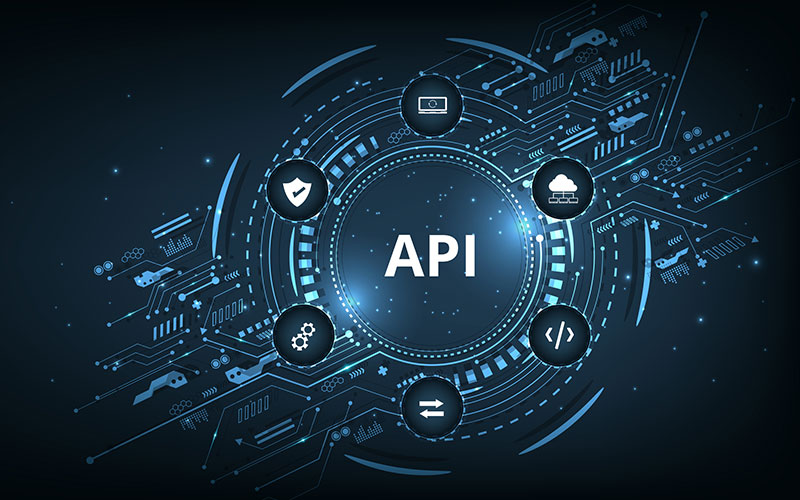Mobile applications have become an essential part of our modern lifestyle, offering convenience in various aspects such as communication, finance, shopping, and leisure. Apart from developing a popular app, the key goal is to ensure profitability. This guide explores different strategies for monetizing mobile apps effectively. Leading app development firm, Web Craft Pros, located in New York, USA, shares valuable advice and industry practices to assist developers in enhancing their app’s revenue potential.
Understanding Mobile App Monetization:
Before we dive into specific monetization techniques, it’s essential to understand what mobile app monetization is. Simply put, app monetization is the process of generating revenue from your mobile app. This can be achieved through various methods, each with its own advantages and challenges.
Key Mobile App Monetization Models:
1. In-App Advertising:
In-app advertising is one of the most common and straightforward ways to monetize a mobile application. This model involves displaying ads to users within the app. Here are some popular types of in-app ads:
Banner Ads:
These are rectangular ads that appear at the top or bottom of the screen. They are less intrusive but often ignored by users.
Interstitial Ads:
Interstitial ads are full-screen ads that cover the interface of an app until closed by the user. They are typically displayed at natural transition points, like between game levels.
Native Ads:
Native ads blend seamlessly with the app’s content and design, providing a non-intrusive ad experience. They are often more effective as they look like part of the app.
Rewarded Video Ads:
These ads offer users rewards, such as in-game currency or premium features, in exchange for watching a video ad. This model incentivizes users and can increase ad engagement.
2. In-App Purchases (IAP):
In-app purchases allow users to buy virtual or premium content within the app. There are several types of in-app purchases:
Consumable Purchases:
Items that can be used up and repurchased, like in-game currency or extra lives.
Non-Consumable Purchases:
One-time purchases that do not expire, such as removing ads or unlocking additional features.
Subscriptions:
Recurring payments that give users access to premium content or features on a regular basis. Subscriptions can be weekly, monthly, or yearly.
3. Freemium Model:
The freemium model involves offering the app for free while charging for premium features or content. Users can use the basic version of the app for free but need to pay to access advanced functionalities.
4. Paid Apps:
While less common today, some web developers choose to charge users a one-time fee to download the app. This model works best for apps that offer significant value or unique features that justify the upfront cost.
5. Affiliate Marketing and Partnerships:
Affiliate marketing involves promoting third-party products or services within your app and earning a commission for each user action (like clicks or purchases) driven through your app. Partnerships with other companies can also provide mutually beneficial monetization opportunities.
Best Practices for Mobile App Monetization:
To effectively monetize your mobile application, consider the following best practices:
1. Know Your Audience:
Understanding your target audience is crucial for choosing the right Mobile App Monetization strategy. Analyze user behavior, preferences, and spending patterns to tailor your monetization efforts.
2. Provide Value
Ensure that your app offers significant value to users, making them more likely to pay for premium features or interact with ads.
3. Balance User Experience and Monetization:
While monetization is essential, it’s crucial not to overwhelm users with ads or paywalls. Striking a balance between user experience and revenue generation is key to retaining users.
4. Test and Optimize:
Regularly test different monetization strategies and optimize based on performance. A/B testing can help you identify what works best for your app and audience.
5. Monitor and Analyze:
Use analytics tools to track the performance of your monetization strategies. Monitor metrics such as ad engagement, in-app purchase rates, and user retention to make data-driven decisions.
Case Studies of Successful Mobile App Monetization:
1. Clash of Clans:
“Clash of Clans,” developed by Supercell, is a prime example of successful Mobile App Monetization. The game uses a combination of in-app purchases and ads to generate revenue. Players can buy gems to speed up progress or purchase exclusive items, contributing to the game’s massive earnings.
2. Spotify:
Spotify employs a freemium model, offering both free and premium subscriptions. While free users experience ads, premium subscribers enjoy an ad-free experience and additional features like offline listening. This model has helped Spotify maintain a steady revenue stream while catering to a broad user base.
3. Tinder
Tinder’s monetization strategy includes a mix of in-app purchases and subscriptions. Users can buy “Super Likes” or subscribe to Tinder Plus or Tinder Gold for premium features. This approach has made Tinder one of the highest-grossing dating apps.
Emerging Trends in Mobile App Monetization:
The mobile app landscape is continuously evolving, with new monetization trends emerging. Here are some trends to watch:
1. Subscription-Based Models:
As more users become accustomed to subscription services, this model is gaining popularity. Offering exclusive content or features through subscriptions can provide a steady revenue stream.
2. Ad Personalization:
Personalized ads tailored to user preferences and behavior can improve ad engagement and effectiveness. Leveraging data analytics and machine learning can help deliver more relevant ads to users.
3. Blockchain and Cryptocurrency:
Some apps are exploring blockchain technology and cryptocurrencies for monetization. This approach can offer secure and transparent transactions, appealing to tech-savvy users.
4. Hybrid Monetization:
Combining multiple monetization strategies, such as in-app purchases, ads, and subscriptions, can diversify revenue sources and reduce reliance on a single model.
Challenges in Mobile App Monetization:
While there are numerous ways to Mobile App Monetization, developers may face several challenges:
1. User Retention:
Retaining users is critical for successful mobile app monetization. High churn rates can undermine your revenue efforts, so focus on creating engaging and valuable app experiences.
2. Competition:
The app market is highly competitive, with millions of apps vying for users’ attention. Differentiating your app and its monetization strategy is essential to stand out.
3. Ad Fatigue:
Users may become tired of seeing too many ads, leading to ad fatigue. Finding the right balance and using non-intrusive ad formats can mitigate this issue.
4. Privacy Concerns:
With increasing concerns about data privacy, it’s important to be transparent about how user data is used for monetization. Ensure compliance with privacy regulations and build trust with users.
Conclusion:
Monetizing a mobile app is a complex but rewarding process. By understanding the various monetization models and implementing best practices, developers can create profitable apps that provide value to users. At Web Craft Pros in New York, USA, we specialize in helping app developers maximize their revenue potential through tailored monetization strategies. Whether you’re a seasoned developer or just starting, these insights can guide you toward creating a successful and profitable app.
About Web Craft Pros:
Web Craft Pros is a leading app development company based in New York, USA. With a team of experienced developers and designers, we offer comprehensive app development services, from conceptualization to deployment and mobile app monetization. Our mission is to help businesses turn their app ideas into profitable ventures. Contact us today to learn how we can assist you in developing and monetizing your mobile app.










2 Responses